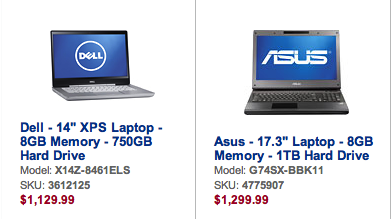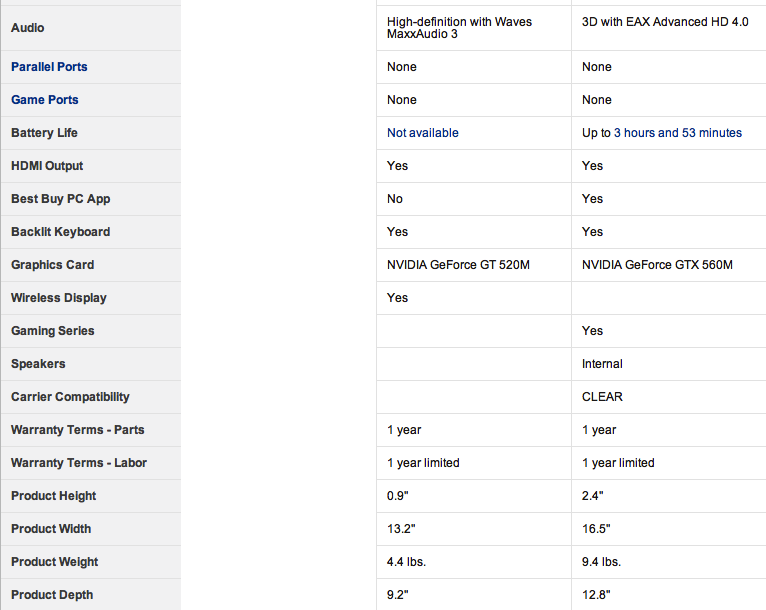
Every year since 2000 a computer or computer part has been recalled due to the machine being a possible fire hazard. Lenovo’s 50500 ThinkCentre PC joined that list this week.
According to the US Consumer Product Safety Commission’s (CPSC) website 31 models have had similar fire hazards at the root of their recall since 1990 – 28 of those happened between January of 2000 up until today. So what’s the issue here? Hotter computers or maybe sloppy designers? The possibilites could go on forever.
According to PCWorld the Lenovo’s defect is in the power supply, “The recall is voluntary, but Lenovo and the CPSC advise consumers to stop using the PCs immediately.” So far no injuries have been reported but there was one fire incident and another where the machine started smoking. On a side note, if you have one of these models you should probably stop reading this article, turn off your computer, and call Lenovo toll-free at 855-248-2194. For everyone else, read on.
I’m actually surprised the number of CPUs recalled because of burn hazards, related to fire or not, isn’t higher. A guess would be that burn issues are blamed on the user for not allowing a machine proper ventilation. For example, using a laptop on your lap – crazy, I know – will usually cover a computer’s vents in such a way that the machine is suffocated and begins to overheat. Working on flat surfaces, using a cooling pads and not setting a machine on a blanket or soft surface will usually help out if a unit is getting too hot.
The CPSC database for recalls shows that only two models have had reoccurring burn issues, not related to fire, since 2002. Experience as a computer technician leads me to believe the number should be higher.
If the data said the same thing that working in a electronics store does then the reason for hot machines is because better and faster technology is being shoved into smaller shells. The few computer users that have made these upgrades and – logically – kept the parts in a large and well-ventilated shell are the PC gamers.
To illustrate this point I’ve compared two laptops with similar specifications. One of them is a gaming laptop (Asus) and the other is a laptop built for fast performance and slick graphics (Dell).
Here are their comparable specifications:
If you’re not too savvy on computer specifications all you need to understand is that these machines are juiced up. They both have quad-core processors (which tend to generate a lot of heat, but do better when you require speed), they both have graphics cards (to make your picture appear sharper), and they both have more RAM because they’re expected to be able to handle a lot more applications running at any given moment.
Here’s the kicker: look at the size and weight comparison of these two machines:
The gaming machine (Asus) is the bigger and smarter buy for the specifications, why? There is a three pound weight difference! As well as a 3.6″ difference in depth (or room inside the machine). If ever there was a moment that I felt the urge to slam the palm of my hand into my face – it would be right now. Computers don’t last like they used to and it’s because of heat. This heat could be a factor in the number of burned laps or even the number of hazardous units being recalled. One thing is certain though, when it comes to computers, bigger is actually better.
(Photo courtesy of chispita_666)






